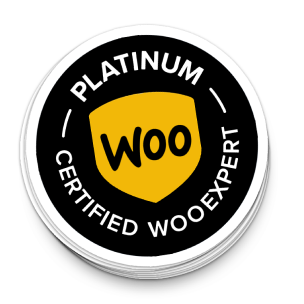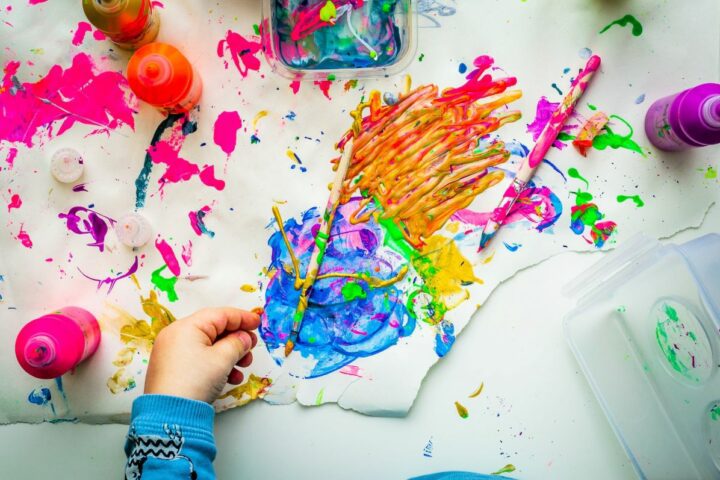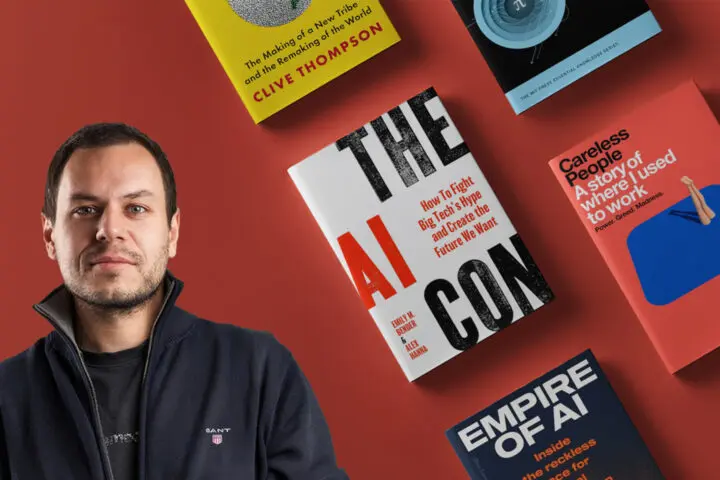When creatives go mad- real-life experiences
It’s understandable that creative process is sometimes complicated. For this reason, it must not be rushed. On another hand, every creative person is different and takes a different path to get to the ideas. Some have their own routine, some have their usual patterns of thinking. When you work on your next creative project, keep in mind ‘’time & space’’ dimension of getting to ideas. And the fact that sometimes it’s difficult to stop thinking about the project and letting it stew for a few days. Believe me, nothing bad will happen if you relax and rest your thought process.
From my experience, in creative business, there’s no time off. Unless you have a superhuman power of self-control and you can restrain yourself from thinking about a project or idea for your next masterpiece. Some will say that time off is a vacation or mid-phase between two projects. But in that case, they don’t have the slightest clue about the creative mind. Why? Well, even if they’re bored, creative people eventually come up with some kind of idea that occupies their minds and they pursue it.
If they are not in the mid-phase or on vacation and they have a project they can work on, then I can assure you, they are definitely NOT boring. It may seem like an ultra-easy job, but being creative is no piece of cake. Sometimes the biggest downside of creative work is the fact that you mostly use your brain, mental energy and time for inventing and developing ideas. In some industries and professions, you don’t need special requirements to create a creative concept. Sometimes a pen and paper are the only things you need, besides the mental capacity and competence to be creative.
The second biggest downside of creative professions is that it is not always possible to be inspired and creative. Creativity is not something that can be forced or created in the blink of an eye. It takes time and mental effort to come up with fresh ideas. The most creative, potential and unusual ideas will come in unexpected places… and times.
Ideas vs. products
In case you were wondering it’s the same thing, only in different phases of production workflow. It’s getting something ‘’abstract’’ and at that moment non-existent, in the finished product.
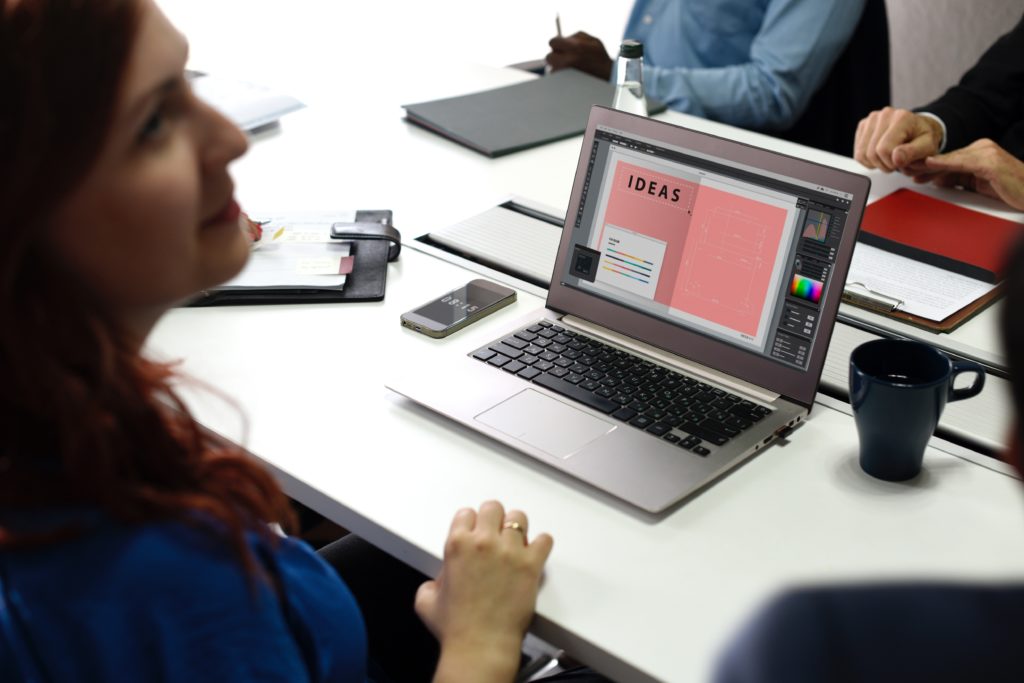
Creative occupations are mostly based on mental ideas and constructs, which eventually become something visible. In order to design something, the designer must have clear guidelines to do the job effectively. In order to idea become a useful product, several requests and elements must be met and implemented. It can be anything from unusual requests, ideas, objectives, or purposes for which the product is used. This is mostly related to the commercial use of the product and other requirements or goals that must be met. It involves making an idea from scratch and a clear strategy on how to approach and handle the whole project.
The ‘’space’’ – ‘’time’’ dimension of creative work
SPACE
As I already said, good ideas might come in unexpected places. I’m sure that every person working in creative business will understand me. Places like public transport are the best example of developing a creative concept on the go. When the idea kicks in, suddenly, you’re frantically looking for pen and paper to write it down while the driver in the public transport drives as if he stole you. Writing it down on your smartphone in that situation, isn’t a valid option because at that moment it’s ‘’easier’’ to do the scribbling on the tram wall or window, rather than typing it down on the smartphone screen. – ain’t nobody got time to type that 😉
The term ‘’more easily’’ means you can better comprehend and associate thoughts written on paper. You just transfer your train of thought on a blank piece of paper – I call it creative flow or ‘’fiero’’. Another reason why typing should be your second option is the professional deformation which ‘’does not allow’’ the idea to be only ‘’written’’ on paper. It’s the excitement that drives you to immediately elaborate your ideas with all the details and mental shortcuts to make a bigger picture. Creativity or the creative flow at a given time shouldn’t be (or usually isn’t) stopped because of its potential and outcome.
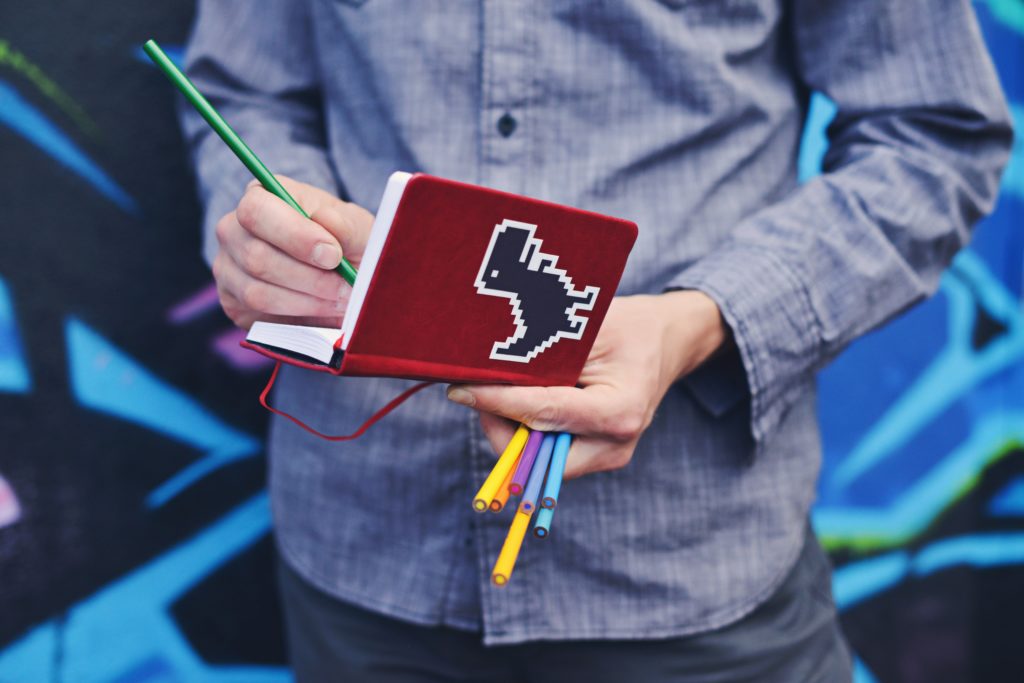
TIP: There’s no unfit place to do creative work. If you have to stop in the middle of the street and write it down – do so! In my case, these places and situations are not related to the creative aspect of work, but they are part of everyday routines like cooking, cleaning, or dusting. A good idea will rarely come at the ideal moment when you ‘’really’’ need it, just be sure that you always have your pen and paper with you. One more thing, be sure to have a notebook because your life will soon turn into a pile of paper.
TIME
Great ideas will come in unexpected times. That time does not include active working hours but rather some nebulous time, when for some reason, it is simply not appropriate. A creative person will eventually find herself/himself in some kind of social interaction which includes a partner, close friends, and family. When the ‘’potent’’ idea kicks in, for him there are two possible scenarios and one ‘’fairy tale creative myth’’:
- To slightly mentally drift away in the creative wonderland and think about the idea- which will be visible by reduced interaction with people around you and absenteeism e.g You will be silent and imaginative but physically present
- To go berserk and immediately start working on the idea- which includes ‘’do not disturb’’ mindset and isolation from the possible sources of interference- At least until the moment when inspiration decreases or disappears. It goes without saying that mental presence is not involved in this scenario and it often does not include physical presence.
- The third and least possible scenario (fairy tale creative myth) is that somewhere exists someone who knows how to manage the creative flow in tricky times and places. That includes successfully withholding a hefty drive to immediately work on the idea. That also includes a ‘’I’ll do it later’’ attitude with no doubt/regret for possible loss of creative potential and drive. If somewhere that CREATIVE YODA MASTER (mythical creature) exists, please take this young padawan to the training. I would be much grateful.
TIP: Don’t be limited by time and space. If something suits you, follow it regardless of the situation you are in. Moments of inspiration are not scheduled. If this happens before bed, write down the idea and act on it the next day. If you are enthusiastic and have the energy, start working on it immediately. Do what suits you best. As I already said, creative professions rarely have fixed working hours. You can not be forced to be creative, so do what is natural to you. In extreme cases a few days ‘’away’’ from the project may take place in order to approach it with fresh eyes- and this is also ok. It can be stressful because there usually are time limits and deadlines, but it is a ‘’must do’’ when creative blockade kicks in.
The scenarios listed above are not a tragedy because you already have the initial/base idea. It only needs to be elaborated in detail and prepared for the production phase. The problem arises when there’s no initial idea to start from and everything that comes to your mind simply isn’t a satisfactory solution to solve the problem. At one point nearly everybody found themself in such a situation. We can compare it with a jigsaw puzzle with lots of elements that need to be considered, arranged and connected so they could make a logical whole.
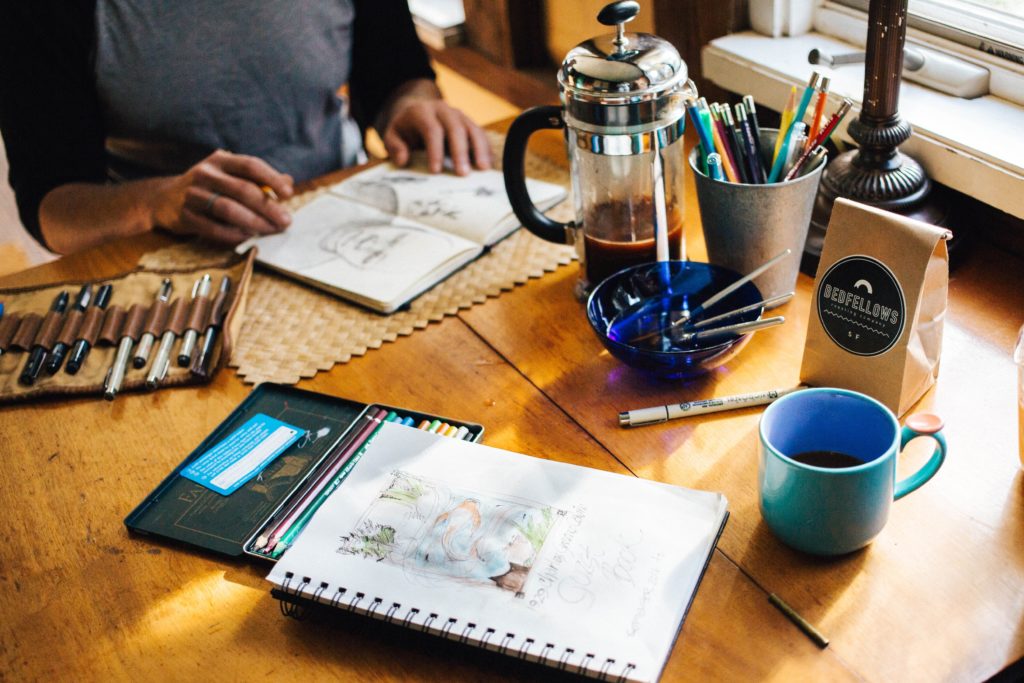
CREATIVE JOURNEY – CHAPTERS OF DESPERATION:
- INITIAL PHASE – it includes the process of comprehending the essence of the project. It should answer the questions about what we want to achieve and what the client wants or needs. This is just an informative phase in which we get a wider picture of the project. This phase can be called the ‘’running-in’’ of the project when everything is still quite vague and there’s not enough information.
- RESEARCH PHASE – includes more detailed information gathering and research. That is a natural part of the creative process because it’s important to have all the information about the project and the client’s wishes. This is the information filtering phase when you decide what’s important and what isn’t. If a particular area is uncharted territory for you – do extensive research, educate yourself and ask your colleagues to help you with their expertise. The best start is to be well informed – search for information or similar projects online, look for inspiration and think in a unique direction.
- NO IDEA PHASE – Sometimes you’ll hit a brick wall – and that’s fine! This phase involves taking into account the first two and often includes thinking about the goals of the project and the message that you want to send. It also includes the beginning of the brainstorming phase when you intensively think about the idea, but it’s simply not materializing. The more effort you invest, the less visible are the results. The best thing to do is to move away from the project and start with it after a couple of days break with fresh pair of eyes.
- BRAINSTORMING PHASE ONE – Regardless of the topic or method – brainstorming is the fitting approach. Usually, there is a rule in brainstorming participation: ‘’The more, the merrier.’’ If you don’t have the luxury of brainstorming with the collective or creative team, you can do it by yourself..and the Internet. It is not unusual that the first brainstorming does not get you the general or initial idea. Sometimes it happens that the general direction in which the project should go is known, but you still don’t have the ‘’material’’ or the ‘’story’’. Believe it or not- that is something. It gives you direction for your train of thought.
- STILL NO IDEA – Brainstorming is not always fruitful. Every creative person knows the ‘’feeling’’ – adrenaline rush from the excitement when something good and usable comes to mind. If that sense of security and determination to develop and implement is missing, or you’re not completely satisfied with it, then you don’t have the idea. The previous brainstorming phase does not necessarily mean that the idea will be ready for further deployment. Or that you’ll even have a useful idea at all. Don’t give up, there’s still time and a few stages/stations of desperation. The worst is yet to come.
- LOST IN TIME AND SPACE – Sounds familiar? It’s been a while, since you started the project, went through the previous stages but it’s not going according to plan. Somehow, you still don’t have the idea and it seems as if there is no logical concept that could be implemented. The more you think, the less creative ideas you conceive. The stage in which you spend most of your mental energy on forced creativity that does not bring any significant results or usable ideas. Creative blockades can be frustrating. Again, step away from the project for a day or two, and don’t overthink it.
- MOMENT OF ENLIGHTENMENT – Probably the best stage you can find yourself in. If you are ready to defend your idea and do everything possible to implement it in its original form – this is probably the best outcome.
- BRAINSTORMING OF THE BRAINSTORMING – The phase of connecting all the dots and ideas in one usable concept or product. In this phase, everything clears up and there is a clear plan for implementing ideas in the final product. It only remains to predict and circumvent possible obstacles or complications in the development phase. Hooray!
- CONSTRUCTIVE IDEA DEVELOPMENT – This may be the challenging part and sometimes can be tricky, but not as tricky as the phase when you don’t have the slightest idea what to do. Or in which direction to think. It’s the phase when all the creative work is done and the idea becomes the product.
Not every project is the same and there are no universal rules for the implementation of each. It’s understandable that the creative process is sometimes complicated. For this reason, it must not be rushed. On another hand, every creative person is different and takes a different path to get to ideas. Some have their own routine, some have their usual patterns of thinking. When you work on your next creative project, keep in mind the ‘’time & space’’ dimension of getting to ideas. And the fact that sometimes it’s difficult to stop thinking about the project and let it stew for a few days. Believe me, nothing bad will happen if you relax and rest your thought process.
